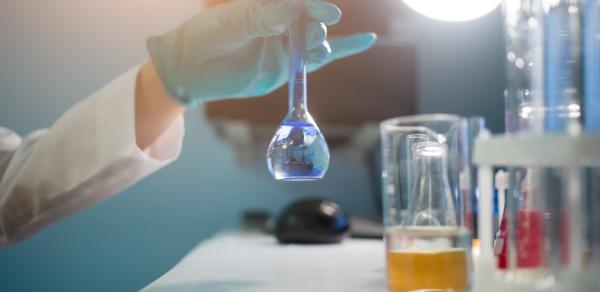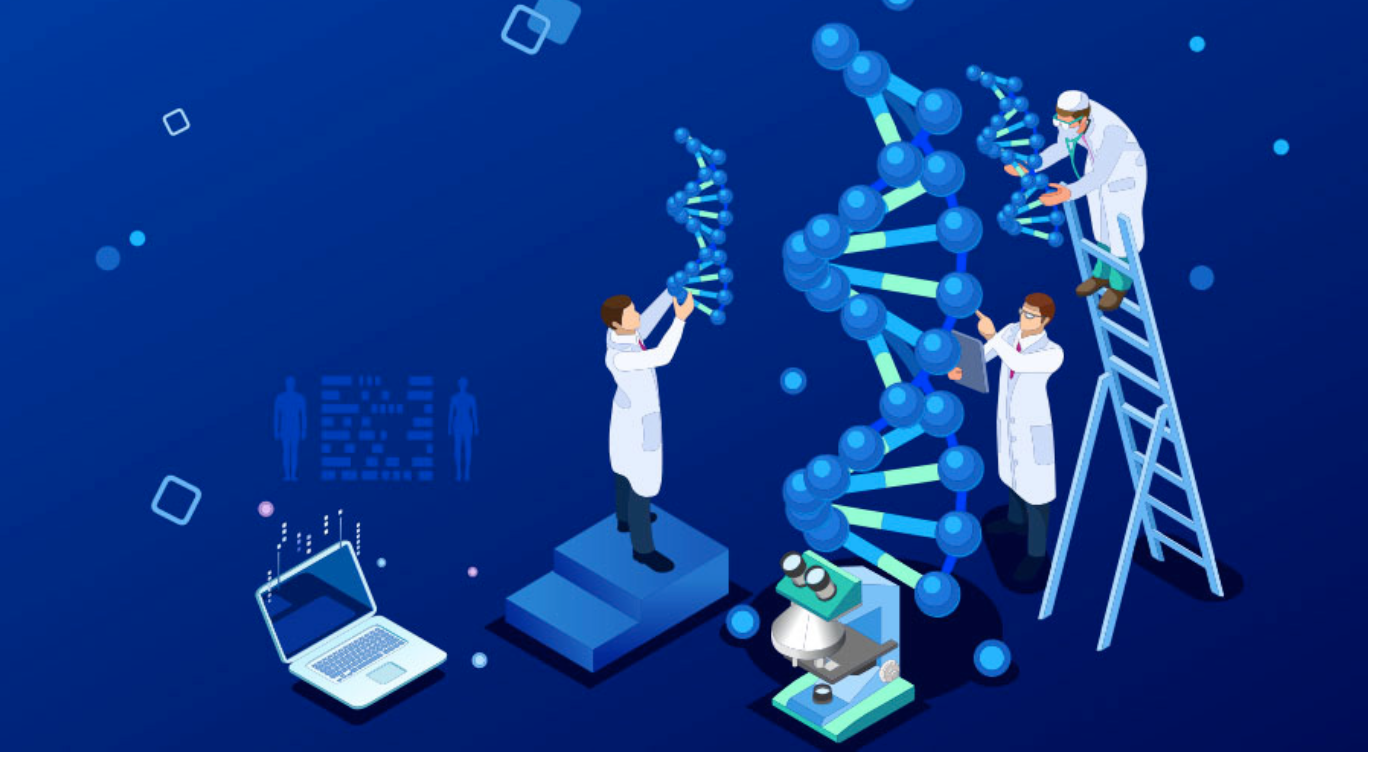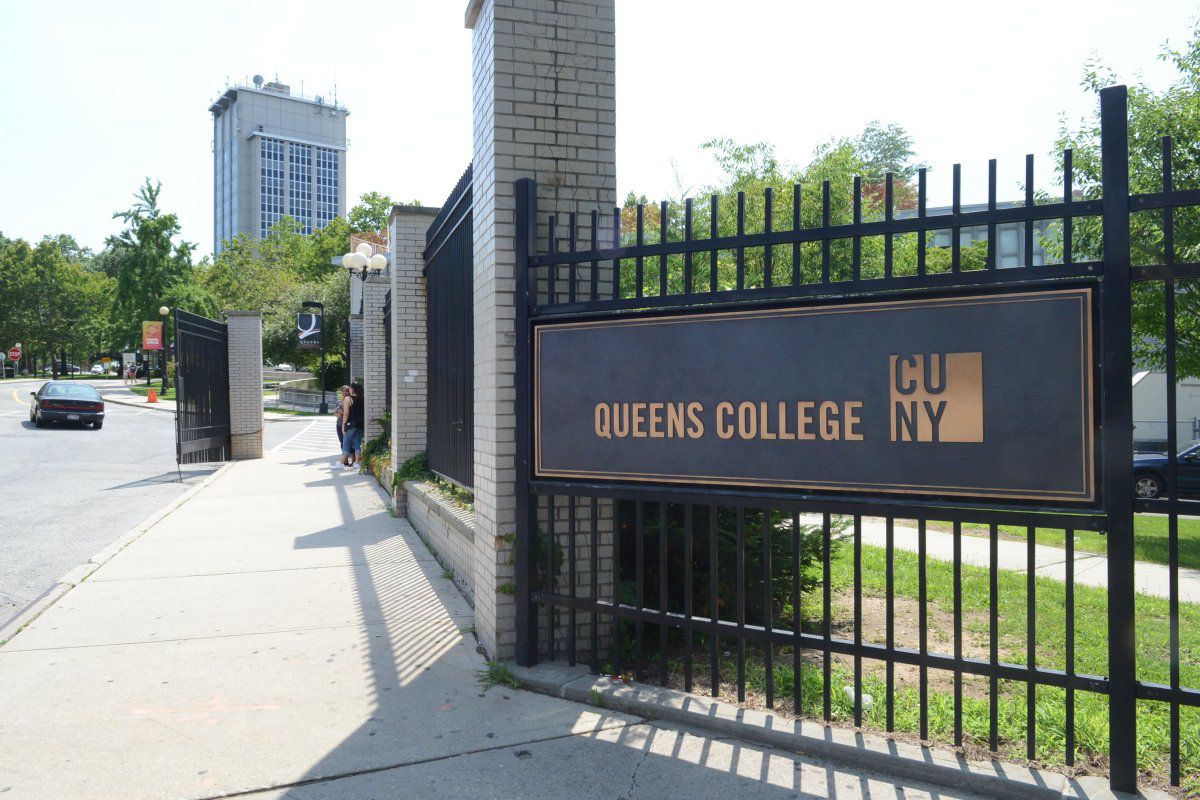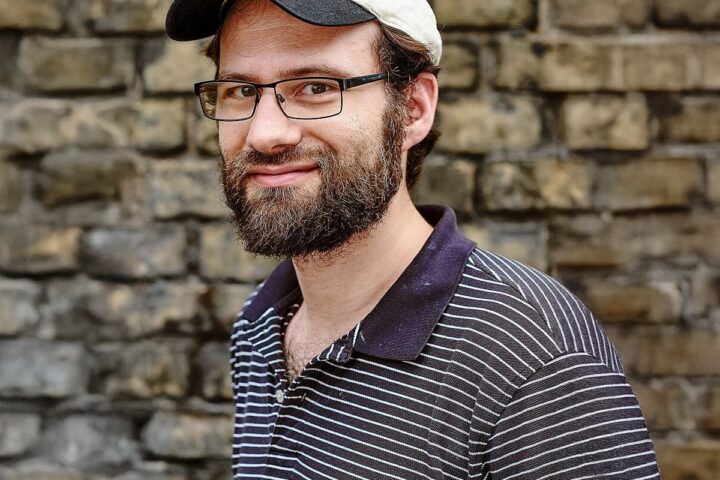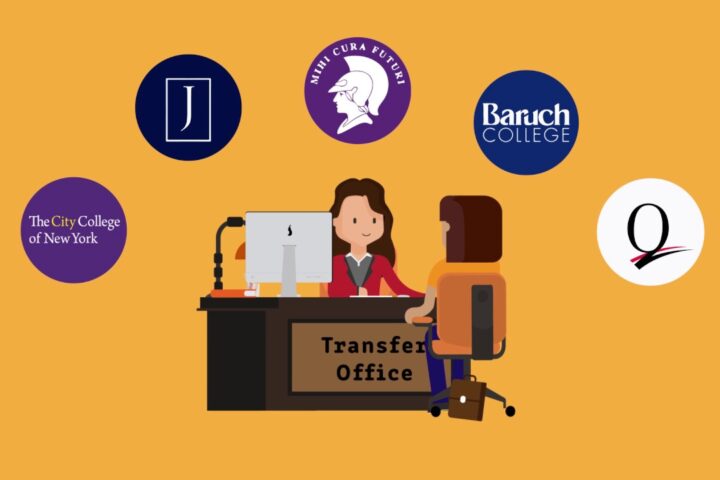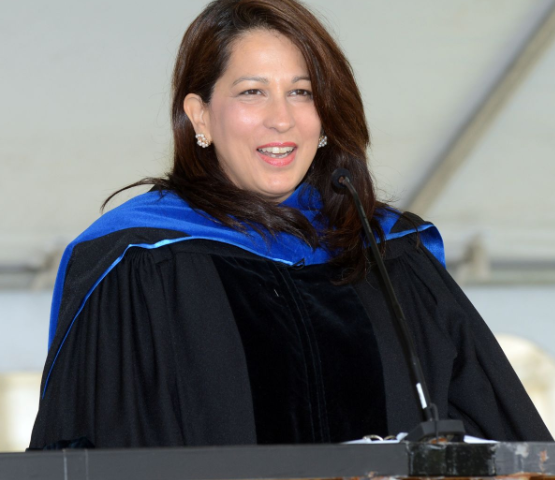Working in a collegiate research lab while still in high school may seem a bit out of the ordinary, but the Queens College STEM (Science, Technology, Engineering and Math) Research Academy provides an opportunity for those who’d like to pursue those interests, regardless of age.
The Academy states, “[The program] recruits high schools that lack a strong science research program and serve large, low income, underrepresented and minority populations.” High school juniors are recruited and selected to participate based on regents exam scores, GPA, submission of a general interest essay and review of their high school transcript.
The QC STEM Research Academy offers a great opportunity for high school students to achieve their goals and pursue their interests before they’ve even graduated. The Academy also boasts a wide range of demographics, getting students of all backgrounds: 20% white students, 28% african american, 24% asian and 28% hispanic, as reported by the Academy.
Johnny Ouyang, a senior at the East-West School of International Studies, spoke on his time in the program. He studied in the biology lab of Dr. Pokay Ma here at Queens College. Ouyang states, “I began to show interest in doing lab research since middle school. Conducting experiments, in my opinion, shows creativity. So when this opportunity presented itself, I didn’t hesitate to join the STEM Research Academy program.”
When asked to describe what it was like working with his research mentor, Dr. Ma, Ouyang said, “Imagine working with Albert Einstein. That’s how it felt like working with a professional research mentor. I learned a lot of biology, which was helpful considering that I’ve only been exposed to high school biology thus far.”
Ouyang was also in the program (and same biology lab) with James Stekol, a senior at John Bowne High School. Stekol recounts his time in the lab as an experience he was very fortunate to have, stating, “I was grateful that the program lets you choose which field of science you want to research in, whether it be biology, chemistry, ecology, medical science, etc. The program doesn’t impose a stressful amount of work. At the end, we presented a scientific poster.”
Stekol further explained the work he did during his time at Dr. Ma’s lab, “Our research mentor allowed us to take advantage of our time in his lab, teaching us how to make chemical solutions, perform surgeries on live specimen, how to operate computer programs, and even how to breed fish.” One particular experience Stekol mentions was going out with the lab team to catch and tag freshwater eels in the local rivers.
Michael Tacuri, a freshman psychology major, commented on the program, saying, “The program really does sound quite inventive. I think if I had known about it, I would’ve definitely taken part in it. That kind of opportunity is just something that high school students keep waiting for, but to think that it’s possible is just a great initiative on CUNY’s part.”
Senior psychology major Jaskiran Kaur agrees saying, “ I never really got the chance to do research during my undergraduate career as a student, but to think that high school students can have access to the opportunity of doing research, that so many undergraduate students struggle for is exceptional. Every high school student that is interested in the sciences should absolutely aim for it.”
Queens College provides an opportunity for high school students to take advantage of what is not provided for them in their own high school: better labs, better teachers, and more experience.


